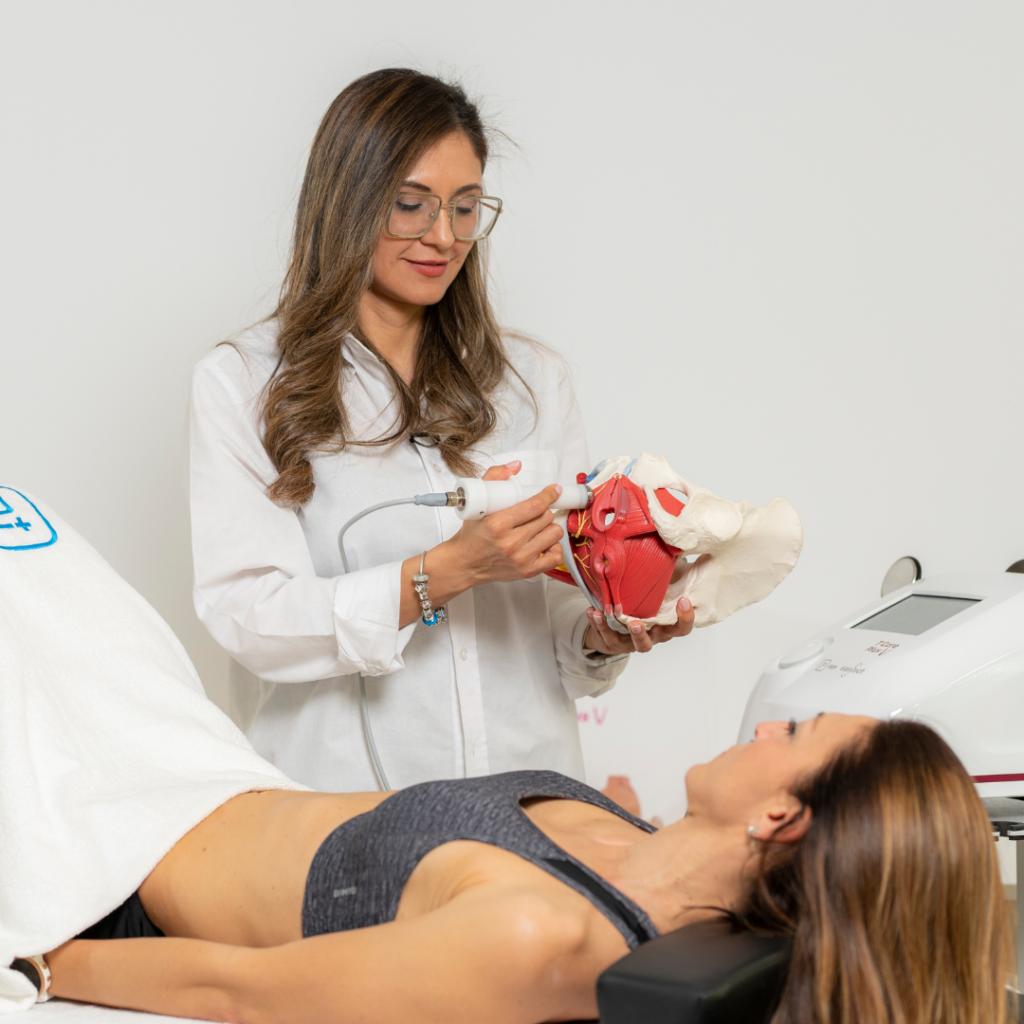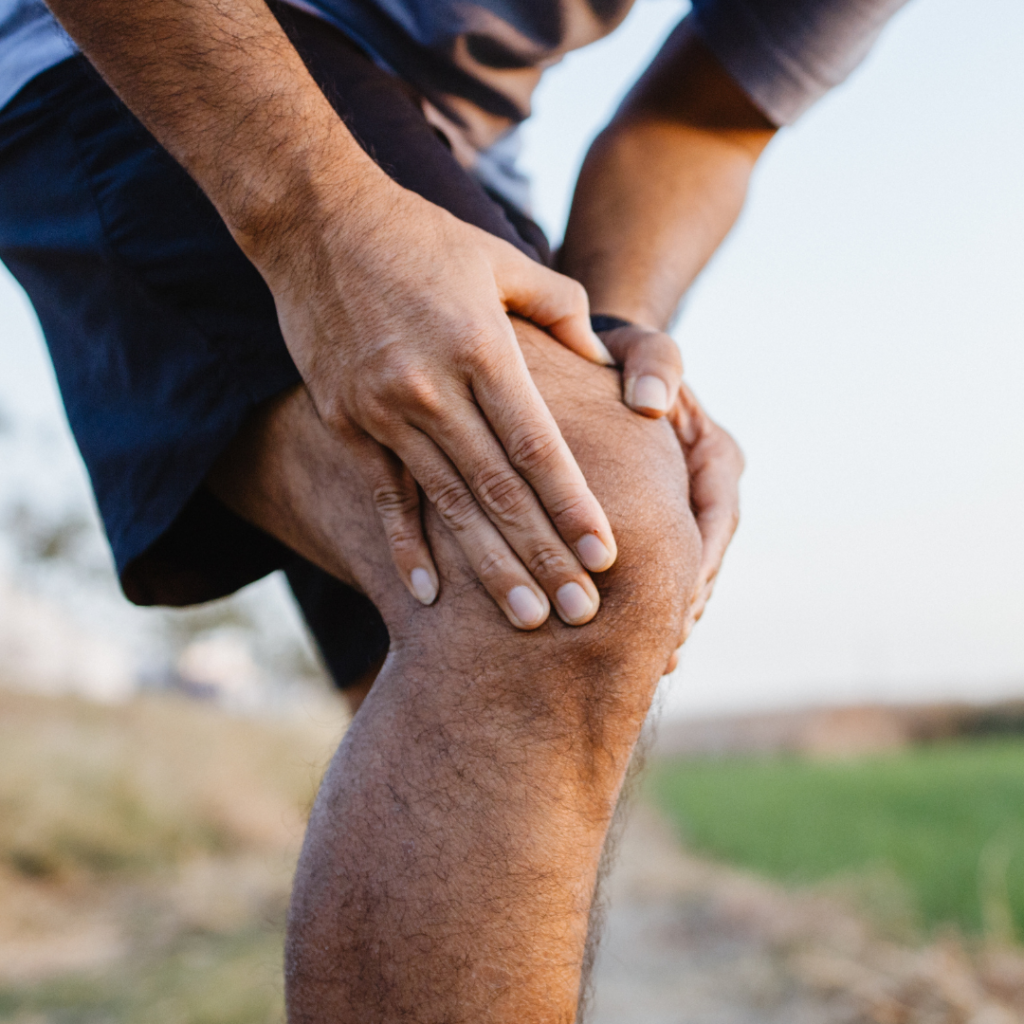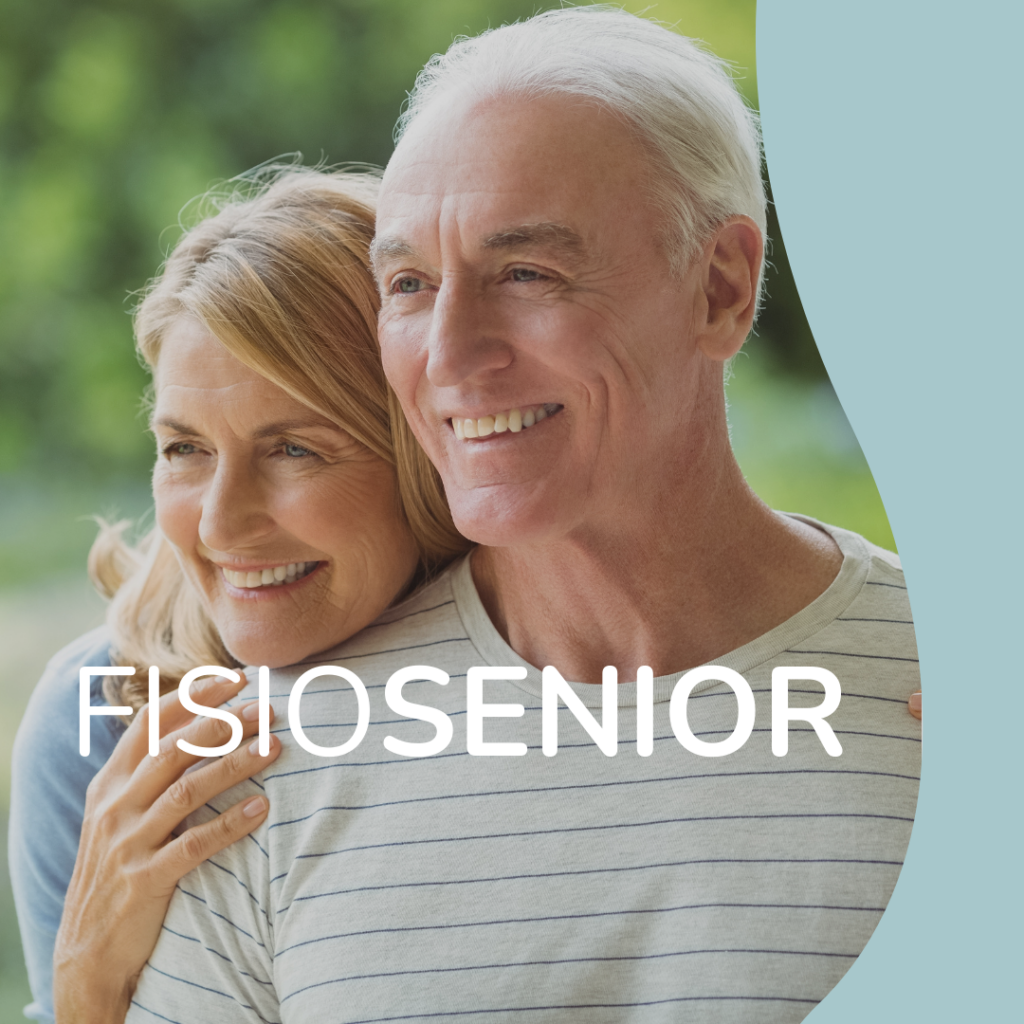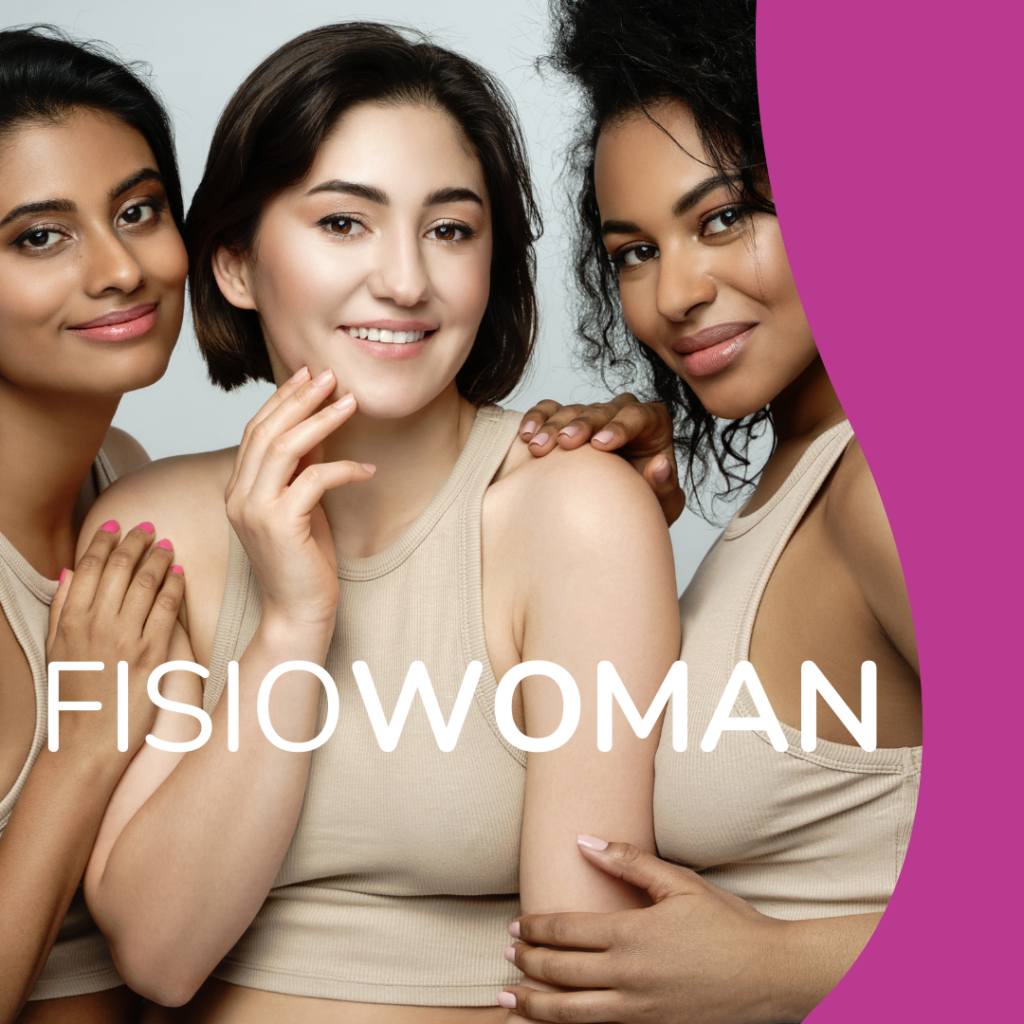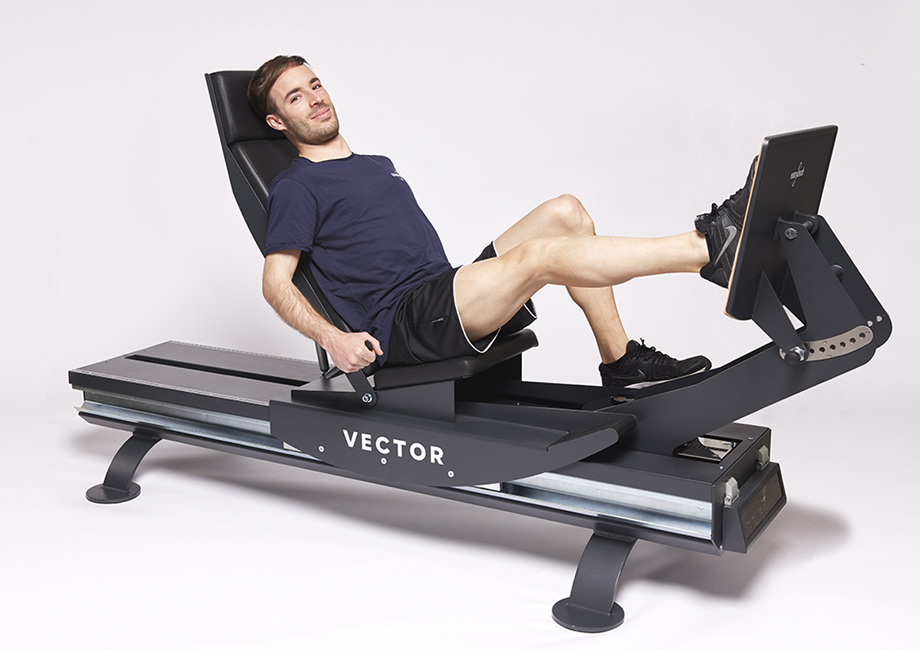
Which are the benefits of the elastic leg press during rehabilitation?
Among the various rehabilitation and training protocols regarding lower limb’s muscles, the elastic leg press is a staple; its importance is tied to the nature of the “multiarticular” gesture performed, which involves a triple extension (concentric stage) followed by a triple bend (eccentric stage) at the level of the three main articulations of the lower body, i.e., hip, knee, and ankle, engaging all the biggest muscle districts of the lower limb.
Squat VS elastic leg Press
At its core, the elastic leg press reproduces squats, which remain fundamentally insuperable by any machinery when it comes to neural adaptations and effort of coordination abilities.
However, if true that with the leg press the weight is less stable (leading to a lesser involvement of the core muscles), it is also true that the leg press allows to concentrate the applied force almost homogeneously towards a single direction, which can be extremely useful during the first stages of the various rehabilitations of the lower limb.
What other exercises can be performed with Vector?
Other ways to use the leg press, to activate the various muscle districts, are:
- placement of feet on the push pad
- angle of the pad
- the use of aids such as an elastic band or a ball to be fixed around or between the knees respectively
A very interesting structural feature of Vector, our elastic resistance pad, is the perfectly horizontal sliding of the seat in comparison to the push pad, which erases the weight of the person so that the charge is only given by the number of activated elastics. It is therefore a very useful device both during the early rehabilitation stages and for intense training.
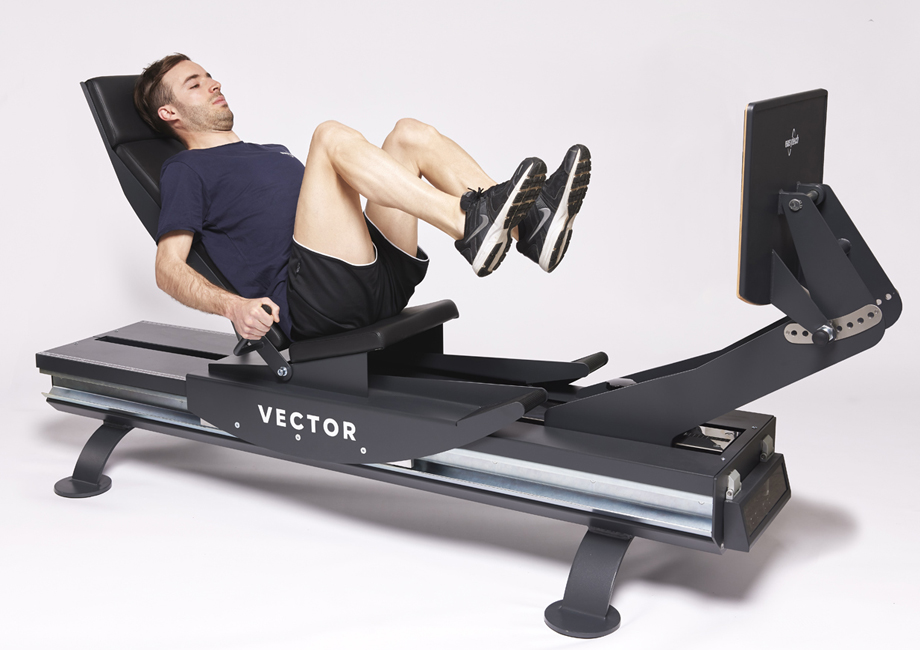
Using an elastic resistance charge
Working in absence of inertia of the charge means being able to develop a higher speed of execution and more rapid acceleration variations which benefit plyometric work and encourage the expression of strength in the shortest possible time.
Working with elastic resistance encourages a more modern approach to rehabilitation and training, which is not just made of strength and resistance but also, and most importantly of coordination and neuromuscular control.
For instance, it is possible to perform high speed movements without any “bumps” of the weight stack when changing direction and because of this it is possible to perform jumps that are both mono and bipodalic, stops, and different paces.
The benefits of using an elastic resistance device such as Vector
When compared to most isotonic machines, Easytech’s Vector comes out as the best option both because of its superior versatility and the characteristic of the elastic itself which makes it a much lighter and therefore more useful device, even on floors without specific strength.
